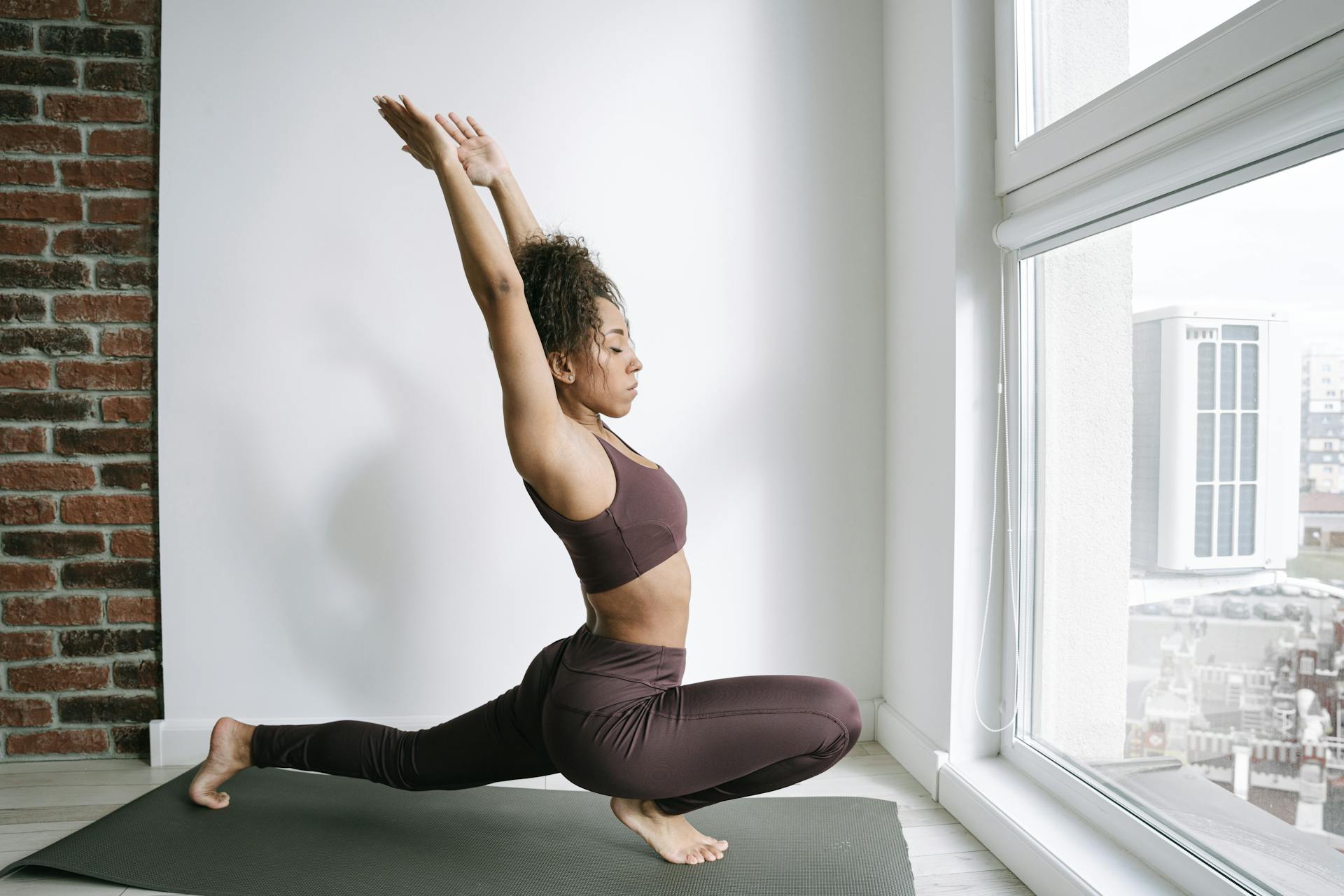You know that feeling when you’re about to start your period or it has already begun – tired, groggy, fatigued, achy, and exhausted. While you still might want to get some movement in and break a sweat, it can be difficult to plan your exercise routine around your cycle. Who wants to lift weights when you are feeling drained and fatigued? That’s why it’s essential to sync your workouts with your period.
Research proves that in each phase of your menstrual cycle, your hormones and energy shift. It’s always important to pay attention to your period and what it might be signaling. In addition to discerning what is going on in your body, cycle syncing allows you to adapt your workouts to each phase of our cycle. This way you get optimal performance and gains in the gym.
What Happens During the Four Cycle Phases
The average menstrual cycle lasts 28 days, but a “normal” cycle can last anywhere from 21 to 35 days with bleeding occurring for about five days. There are four phases in the average menstrual cycle: menstrual phase, follicular phase, ovulatory phase, and the luteal phase.
The Menstrual Phase
The menstrual phase begins on the first day of menstrual bleeding and ends when your menstrual cycle stops. It lasts for two to eight days. During this phase, estrogen and progesterone are at their lowest, which causes the breakdown and shedding of the uterine lining. While you are on your period, you are likely to experience fatigue, cramps, headaches, lower back pain, irritability, and bloating.
The Follicular Phase
Immediately after your period ends, the follicular phase begins and lasts for two weeks. During this phase of your cycle, estrogen and testosterone are one the rise, causing the lining of the uterus to grow. A follicle stimulating hormone stimulates ovary follicles that cause eggs to mature and grow. Also, during this phase, you will experience decreased progesterone levels, which is linked to greater strength, power, and energy.
The Ovulation Phase
During the ovulation phase, estrogen and testosterone are at their highest. This phase can last for a couple of days. The ovulation process causes the follicle to burst open and this releases the egg for fertilization. Cervical mucus and discharge is most common during this phase.
The Luteal Phase
The luteal phase lasts from ovulation until the onset of menstruation. It typically lasts about 14 days.
During this time, estrogen and testosterone slowly begin to decrease and the progesterone hormone dominates, which causes the lining of the uterus to ripen and congest. Anxiety, stress, and binge eating are most common during the luteal phase.
How to Properly Sync Your Cycle
Now that you know what is happening in your body during each phase of your period, you can structure your body movement to support your fluctuating hormones. If you want to get the most out of your movement, it’s critical to listen to your body!
Exercises for the Menstrual Phase
Your body is literally shedding its dead lining of the uterus, mucus, and blood. Your energy is low, and you are likely in hibernation mode.
For these two to eight days, exercises to focus on include: light strength training with more reps, body weight exercises, yoga, pilates, and walking. Also, don’t forget to sleep. Your body will crave more rest and alone time and less social activity during the menstrual phase.
Exercises for the Follicular Phase
Your energy levels are on the rise, so it’s time to amp up your workout. Utilize your body’s lower progesterone levels to do strength workouts with heavier weights, running, boxing, high intensity interval training.
Exercises for the Ovulation Phase
As estrogen levels decrease and progesterone begins to rise again during the ovulation phase, this is the time to lean into cardio. Your energy levels are at their highest during ovulation. Optimize your workouts here because this phase of menstruation is the shortest. Try exercises like swimming, dancing, Zumba, cycling, and aerobic exercises. Don’t be afraid to add in a few strength training supersets and circuits with heavy weights.
Exercises for the Luteal Phase
Since the luteal phase last 14 days, you can split up your exercise for the first and second half (as you approach your period). In the first seven days, prioritize moderate strength training and cardio. In the second half, focus on mobility movements, yoga, pilates, stretching, and foam rolling.
